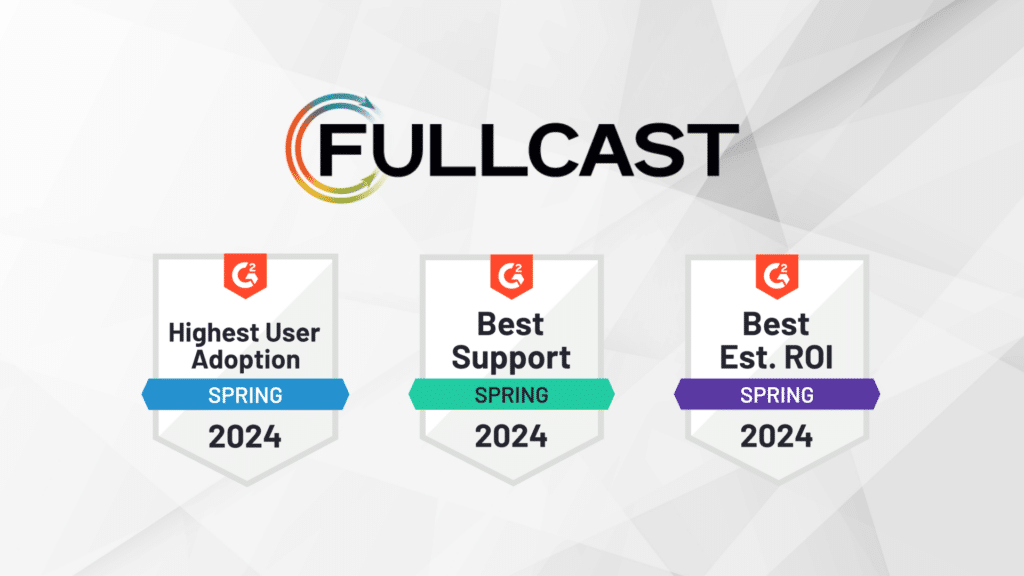In this article, we outline how continuous planning applies to sales GTM operations and how you can consider leveraging it.
Introduction
Continuous planning is a pillar of agile and lean methodologies. In the context of go-to-market planning, it’s important to understand that continuous planning does not mean you have to be constantly re-doing your plan. Rather, a continuous plan entails making small tweaks. You see something in the market, you make a hypothesis, and you test it.
For fast-growing companies that don’t have historical data to base an annual plan on, continuous planning enables you to respond to the market. In the past two years, obviously, COVID is a prime example of market volatility; but even without a global pandemic, there will always be an amount of volatility, whether it be due to financial markets, trade regulations, etc.
At Fullcast, we believe the first step to considering continuous planning is establishing an understanding of how your organization conceptualizes planning. What is the definition of planning vs. executing? In other words, where do you draw the line between the two? For example, if the high-level revenue goals are the plan, then everything else is the execution details, which are more volatile. Our point of view is that planning is in the details, which is why we embrace an iterative approach, we integrate planning and execution, and we therefore challenge the notion that a fixed annual plan works.
Why and how does continuous planning apply to sales GTM planning?
Traditionally, a lot of work goes into creating a plan, forecasting revenue, and setting goals. But once that exercise is over, people forget about it. Practically speaking, this happens because of the predominance of point solutions (that often get messily cobbled into a tech stack) in the GTM planning space. So, while you may have a robust tool to create your plan and load it into your operational systems (such as CRM, HR systems, etc.), it’s much harder to continually sync that plan with your day to day reality and tweak to stay on track. Continuous planning, when done well, allows you to continually track your performance to your plan, in real-time, without lag.
Why should you make the switch to continuous planning ?
1. Full GTM Agility
If you’re truly embracing continuous planning, your numbers are always accurate and you can see how they look in relation to what you planned. You can tweak appropriately to stay on course. This is really only possible if you have a way to sync your plan to your operational systems easily. The keyword here is easily. Sure, there are ways to download CRM data, upload it to a planning tool, adjust it, and reload. But, if that process takes 4 weeks, it’s not easy and it doesn’t fit the bill for continuous planning.
2. Make Decisions Based on Real-Time Needs
When inevitable changes happen such as employee turnover, you need to be able to recover and adjust quickly. In the case of headcount, for example, continuous planning allows you to quickly assign temporary coverage for a TBH role so that no opportunities get missed. Likewise, you can accurately calculate ramp for a new hire so that you keep expectations realistic for that person as well as for your revenue goals.
3. Scale Your Business Faster
The market is always changing. If you’re using continuous planning, you can capitalize on new opportunities that didn’t exist 6 months ago. For example, if you look at COVID, there were plenty of industries where opportunities skyrocketed. For organizations using continuous planning, they were able to look at those changes and make informed decisions about how to meet them and track that performance.
4. Create a Feedback Loop
Receiving feedback from all the different stakeholders in your sales organization allows you to keep tabs on key inputs. Continuous planning helps you to build the channels for this feedback loop, since it is integral to the approach. By having these ongoing dialogues, your team will likely become more forthcoming with information, as it is just part of their normal process and routine. In this paradigm, when a sales rep gets a request about status of their pipeline, they won’t see it as an interrogation or accusation, but merely a routine communication. This transparency builds trust and makes your plan more accurate and predictable.
5. It’s Easier Than You Think
Earlier in this article, we mentioned the backlog involved when you try to update a plan created manually or with a static planning tool. It’s a lot of work, which is why people don’t bother. But with a platform that runs in parallel with your transactional systems, you cut out the need to reach out to IT or a Salesforce admin, for example, to push changes into your systems. On top of that, with features like territory-based routing, replacing a rep doesn’t mean manually reconfiguring your routing in various tools. You can just do it once in Fullcast and be done.
6. Because Your Competition Already Has
Most organizations know that continuous planning will enable growth and responsiveness necessary to keep up. But it can be hard to take the plunge. The fact is that continuous planning enables growth and responsiveness that you can’t get any other way.
Learn more about how Fullcast can help your organization.











